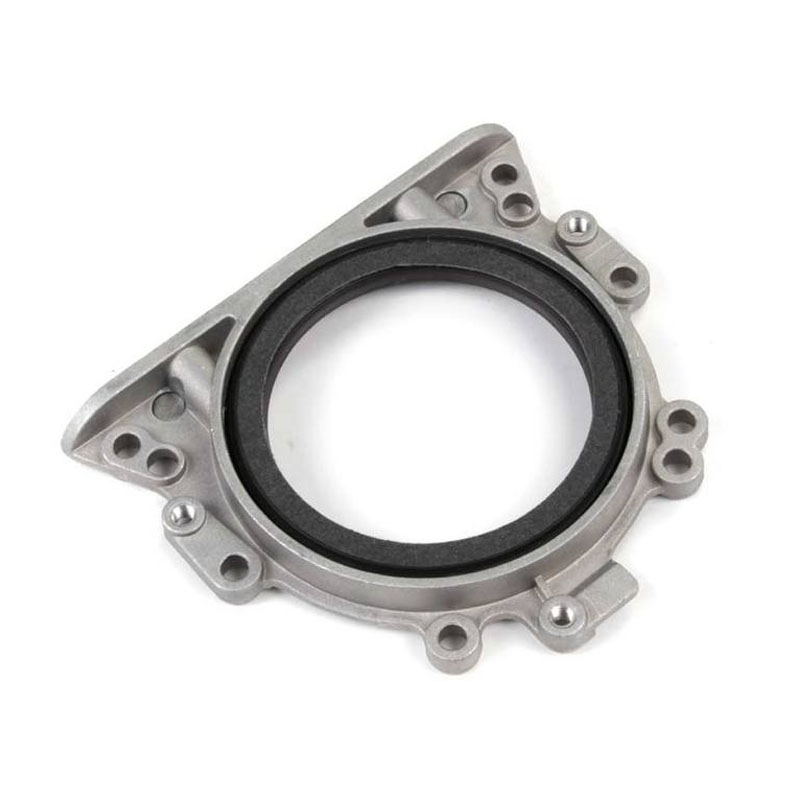Understanding the Importance of Automobile Oil Seals for Vehicle Performance and Longevity
Understanding Automobile Oil Seals Importance, Types, and Maintenance
An oil seal is a crucial component in an automobile's engine that plays a vital role in preventing oil leaks and ensuring the efficient operation of various systems. Understanding oil seals is essential for any vehicle owner, as their proper function significantly contributes to the longevity and performance of the engine.
What is an Oil Seal?
An oil seal, also known as a lip seal or oil ring, is a device designed to retain lubricant while excluding contaminants from entering the engine's internal components. Typically made of rubber or other elastomeric materials, these seals are positioned at junctions such as where the crankshaft or camshaft exits the engine and transmission, effectively sealing the oil passages.
The primary function of an oil seal is to prevent oil from leaking out of the engine, which can lead to serious issues such as overheating, reduced lubrication, and eventually, catastrophic engine failure. Additionally, oil seals help keep dirt, dust, and water from entering the engine, which can compromise its performance and durability.
Types of Oil Seals
There are several types of oil seals used in automobiles, each designed for specific applications
1. Crankshaft Seals Located at the front and rear of the crankshaft, these seals prevent oil from escaping and keep contaminants out of the engine. They are some of the most commonly replaced oil seals in a vehicle.
2. Camshaft Seals Positioned at the ends of the camshaft, these seals perform a similar function to crankshaft seals but are specifically designed for protecting the camshaft area.
3. Transmission Seals These are used in both automatic and manual transmissions to prevent transmission fluid from leaking. They ensure the smooth operation of the transmission by maintaining appropriate fluid levels.
automobile oil seal

4. Differential Seals Found in the rear and front differential, these seals protect the gear oil inside the differential from leaking out and also prevent moisture and debris from entering.
5. Wheel Seals These seals are used in the wheel bearings to keep grease in and contaminants out, crucial for maintaining smooth wheel rotation.
Signs of Worn or Damaged Oil Seals
Over time, oil seals can wear out due to constant exposure to heat, contaminants, and mechanical stress. Recognizing the signs of a damaged oil seal is critical for timely maintenance
- Oil Leaks The most obvious sign is visible oil pooling under the vehicle or on engine components. - Increased Oil Consumption If you find yourself frequently topping off your oil levels, it may indicate a leak from an oil seal. - Contamination If dirt or debris is found in the oil, it may suggest that the oil seal has failed, allowing contaminants to enter. - Performance Issues Poor engine performance, overheating, or strange noises can also signal that a seal is compromised.
Maintenance and Replacement
Regular maintenance is essential to prolong the life of oil seals. Routine inspections during oil changes and engine services can help identify potential issues before they lead to more significant problems. If a damaged seal is detected, it's crucial to replace it promptly to prevent further oil leakage and damage to engine components.
In many cases, replacing an oil seal is a straightforward task, but it often requires disassembling parts of the engine or transmission. Therefore, having a professional mechanic perform the replacement can ensure that the job is done correctly and efficiently.
Conclusion
Automobile oil seals are vital in maintaining engine integrity and performance. Understanding their function, types, and maintenance needs can help vehicle owners prevent costly repairs and extend the lifespan of their vehicles. Regular inspections and timely replacement of worn seals are essential practices for any responsible automobile owner, contributing to optimal engine performance and reliability.
-
Everything You Need to Know About Oil Pan Gaskets and Drain Plug Seals
News Aug.01,2025
-
Essential for Car Owners: How to Use a Car Repair Kit to Deal with Minor Breakdown
News Aug.01,2025
-
Comprehensive Guide to Engine Oil Sump Gaskets and Related Seals
News Aug.01,2025
-
The Ultimate Guide to Boat Propeller Bearings and Trailer Wheel Bearings
News Jul.31,2025
-
The Essential Guide to Marine Bearings and Boat Trailer Wheel Bearings
News Jul.31,2025
-
The Complete Guide to Heavy Duty Seals: Protecting Doors and Spaces Efficiently
News Jul.31,2025
-
Essential Guide to Marine Shaft Bearings and Boat Trailer Axle Bearings
News Jul.31,2025
Products categories















